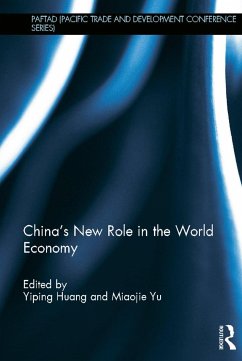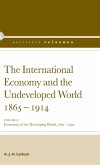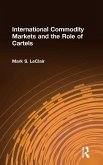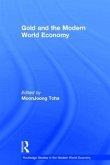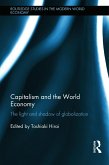The growth of the Chinese economy and its impact on the global economy in contemporary times is without historical precedent. This volume, with contributions from the most distinguished analysts of developments in the Chinese economy today, presents an exceptional and authoritative analysis of China 's growth strategies, development model and structural reform in historical and international context. It examines the implications of China 's transition from a small economy to a 'big' economy and international externalities from China's growth and what impact has had on the global system, including the WTO. It looks at regional and income inequalities in China; the weaknesses in the social saftety net; incomplete factor market reform; finacial market reform; capital account liberalisation and other big issues that confront Chinese economic policymakers in the years ahead. The volume also reviews China's role in global and regional governance.
The remarkable rise of China over the past three decades has been unprecedented in both its scale and speed. Analysts around the world have attempted to understand the causes of this unique event and to predict how long it will last. China's rise has also raised two important questions. The first concerns the stability and the sustainability of China's growth, which has been accompanied by growing internal and external imbalances, rising inequality at home, environmental degradation and an increased risk of catastrophic climate change, and has happened in spite of the continuing, if diminished, role of the state in many sectors of the economy. The second concerns trying to guess what the effect of China's rise will be on its relations with the rest of the region, the world and the existing global order. It seems only a matter of time until China becomes the world's largest economy, and history suggests that it is unthinkable that this event would be without geopolitical consequences. The chapters in this volume draw on papers originally presented to the 34th Pacific Trade and Development Conference held in Beijing in 2010 to discuss these two big questions and China's changing role in the world economy. This book will be welcomed by students and scholars of Chinese economics, business and politics, and those interested in the pervasive impact of China's development on the global economy.
The remarkable rise of China over the past three decades has been unprecedented in both its scale and speed. Analysts around the world have attempted to understand the causes of this unique event and to predict how long it will last. China's rise has also raised two important questions. The first concerns the stability and the sustainability of China's growth, which has been accompanied by growing internal and external imbalances, rising inequality at home, environmental degradation and an increased risk of catastrophic climate change, and has happened in spite of the continuing, if diminished, role of the state in many sectors of the economy. The second concerns trying to guess what the effect of China's rise will be on its relations with the rest of the region, the world and the existing global order. It seems only a matter of time until China becomes the world's largest economy, and history suggests that it is unthinkable that this event would be without geopolitical consequences. The chapters in this volume draw on papers originally presented to the 34th Pacific Trade and Development Conference held in Beijing in 2010 to discuss these two big questions and China's changing role in the world economy. This book will be welcomed by students and scholars of Chinese economics, business and politics, and those interested in the pervasive impact of China's development on the global economy.

